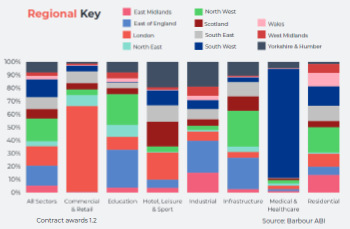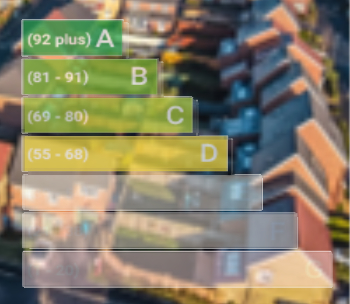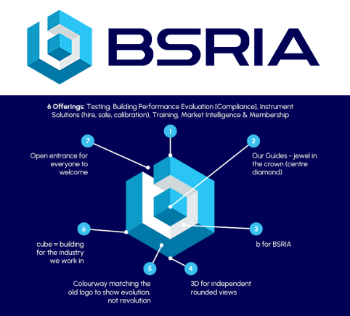Seasonal affective disorder SAD
[edit] Introduction
Seasonal affective disorder (SAD) is a type of depression that comes and goes in a seasonal pattern. It is most commonly associated with the winter months due to longer hours of darkness and is sometimes referred to as winter depression. The authenticity of SAD was initially questioned by health officials, but it has now been recognised as a common disorder. It is thought to be associated with the natural reaction that takes place in the brain when it experiences a lack of sunlight, but there is no single cause.
Moodiness and listlessness are some of the most frequently experienced symptoms associated with SAD. Sleep and appetite problems may also occur.
[edit] Addressing SAD
During the months when SAD may occur, adjustments to lighting levels are recommended. Sufficient amounts of bright light can help treat and prevent this disorder.
There is some evidence that exposure to bright light in the morning is more effective than exposure to bright light in the evening in reducing depression.
In addition to artificial light, increased levels of natural lighting are recommended, when available. For instance, east-facing rooms (exposed to bright light in the morning) rather than west-facing rooms may be more suitable for people who experience SAD.
Other forms of treatment include:
- Light therapy (in the form of devices such as light boxes).
- Cognitive behavioural therapy (CBT) or other forms of counselling.
- Medication (including prescription antidepressant treatments and Vitamin D).
- Air ionization treatments (such as negative-ion therapy used in conjunction with light therapy).
- Physical exercise (particularly if taken outdoors in natural sunlight).
In some instances, it may be helpful to adopt a flexible working pattern. For people who work indoors during the daytime, this may increase exposure to natural sunlight and reduce some of the symptoms associated with SAD.
[edit] Related articles on Designing Buildings Wiki
Featured articles and news
Farnborough College Unveils its Half-house for Sustainable Construction Training.
Spring Statement 2025 with reactions from industry
Confirming previously announced funding, and welfare changes amid adjusted growth forecast.
Scottish Government responds to Grenfell report
As fund for unsafe cladding assessments is launched.
CLC and BSR process map for HRB approvals
One of the initial outputs of their weekly BSR meetings.
Architects Academy at an insulation manufacturing facility
Programme of technical engagement for aspiring designers.
Building Safety Levy technical consultation response
Details of the planned levy now due in 2026.
Great British Energy install solar on school and NHS sites
200 schools and 200 NHS sites to get solar systems, as first project of the newly formed government initiative.
600 million for 60,000 more skilled construction workers
Announced by Treasury ahead of the Spring Statement.
The restoration of the novelist’s birthplace in Eastwood.
Life Critical Fire Safety External Wall System LCFS EWS
Breaking down what is meant by this now often used term.
PAC report on the Remediation of Dangerous Cladding
Recommendations on workforce, transparency, support, insurance, funding, fraud and mismanagement.
New towns, expanded settlements and housing delivery
Modular inquiry asks if new towns and expanded settlements are an effective means of delivering housing.
Building Engineering Business Survey Q1 2025
Survey shows growth remains flat as skill shortages and volatile pricing persist.
Construction contract awards remain buoyant
Infrastructure up but residential struggles.
Warm Homes Plan and existing energy bill support policies
Breaking down what existing policies are and what they do.
A dynamic brand built for impact stitched into BSRIA’s building fabric.























